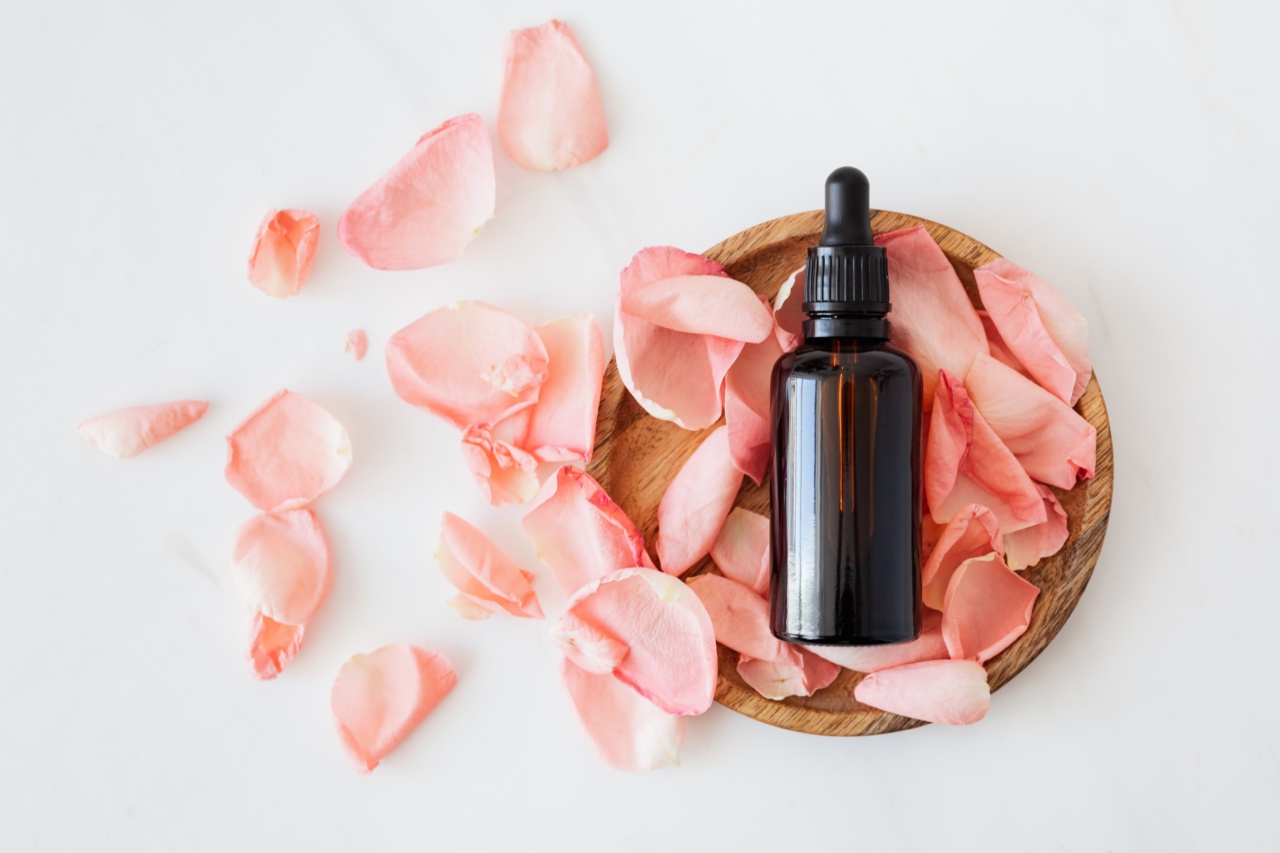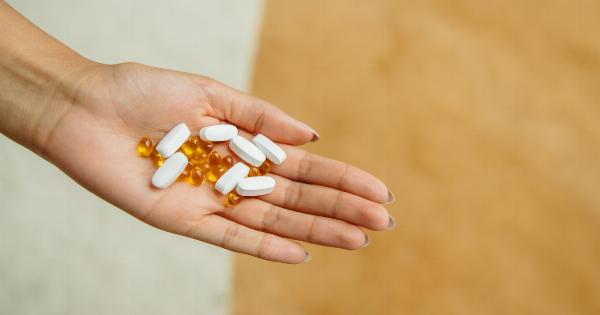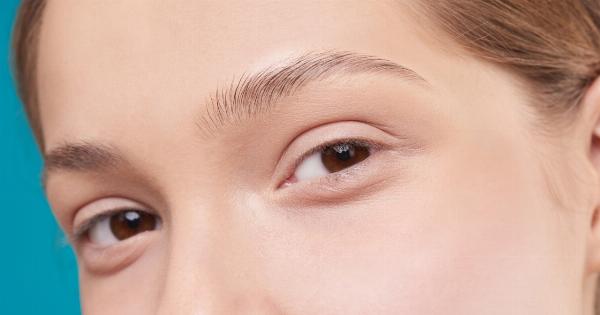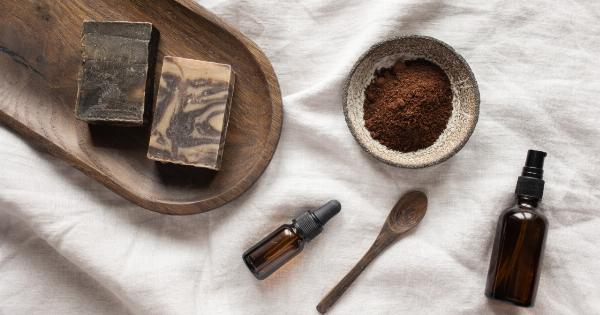Migraines are a type of headache that can cause intense pain, often accompanied by sensitivity to light and sound, nausea, and vomiting.
They can last anywhere from a few hours to several days and can significantly disrupt the lives of those who suffer from them.
Common causes of migraines
Migraines can be caused by a variety of factors, including stress, changes in weather, hormonal fluctuations, and certain foods or drinks.
While there is no cure for migraines, there are many natural remedies that can help relieve symptoms and reduce the frequency of attacks.
How essential oils can help with migraines
Essential oils are highly concentrated extracts from plants that have been used for centuries as natural remedies for a variety of ailments.
When used topically or inhaled, certain essential oils have been found to help relieve migraine symptoms and reduce the frequency of attacks.
Top essential oils for migraines
1. Peppermint oil – Peppermint oil has a cooling effect that can help decrease pain and inflammation associated with migraines. It can also help improve circulation and reduce nausea. 2.
Lavender oil – Lavender oil has a calming effect that can help reduce stress and tension, two common triggers for migraines. It can also help relieve pain and inflammation. 3. Eucalyptus oil – Eucalyptus oil has a soothing and cooling effect that can help relieve pain and inflammation associated with migraines. It can also help improve circulation and reduce nausea. 4.
Rosemary oil – Rosemary oil has a warming effect that can help increase circulation and reduce pain and inflammation. It can also help improve memory and concentration, which can be beneficial for those suffering from migraines. 5. Chamomile oil – Chamomile oil has a calming effect that can help reduce stress and tension, two common triggers for migraines.
It can also help relieve pain and inflammation and improve sleep quality.
How to use essential oils for migraines
There are several ways to use essential oils for migraines, including: 1. Topical application – Dilute 2-3 drops of essential oil with a carrier oil, such as coconut or almond oil, and apply to the temples, forehead, and neck. 2.
Inhalation – Add 2-3 drops of essential oil to a diffuser or bowl of hot water and inhale the steam. 3. Massage – Mix 2-3 drops of essential oil with a carrier oil and massage into the temples, forehead, and neck. 4. Bath – Add 5-10 drops of essential oil to a warm bath and soak for 20-30 minutes. 5.
Compress – Add 2-3 drops of essential oil to a bowl of cool or warm water and soak a towel. Place the towel on the forehead or back of the neck.
Other natural remedies for migraines
In addition to using essential oils, there are several other natural remedies that can help relieve migraine symptoms and reduce the frequency of attacks, including: 1.
Magnesium – Magnesium has been found to help prevent migraines by improving blood flow and reducing inflammation. 2. Ginger – Ginger has anti-inflammatory properties that can help relieve pain and inflammation associated with migraines. 3. Yoga – Yoga has been found to help reduce stress and tension, two common triggers for migraines. 4.
Acupuncture – Acupuncture has been found to help reduce the frequency and severity of migraines by improving circulation and reducing tension. 5. Hydration – Drinking plenty of water can help prevent migraines by keeping the body hydrated and flushing out toxins.
When to see a doctor
While natural remedies can be effective in relieving migraine symptoms, it is important to talk to a doctor if you experience frequent or severe migraines.
A doctor can help determine the underlying cause of your migraines and recommend appropriate treatment options.































